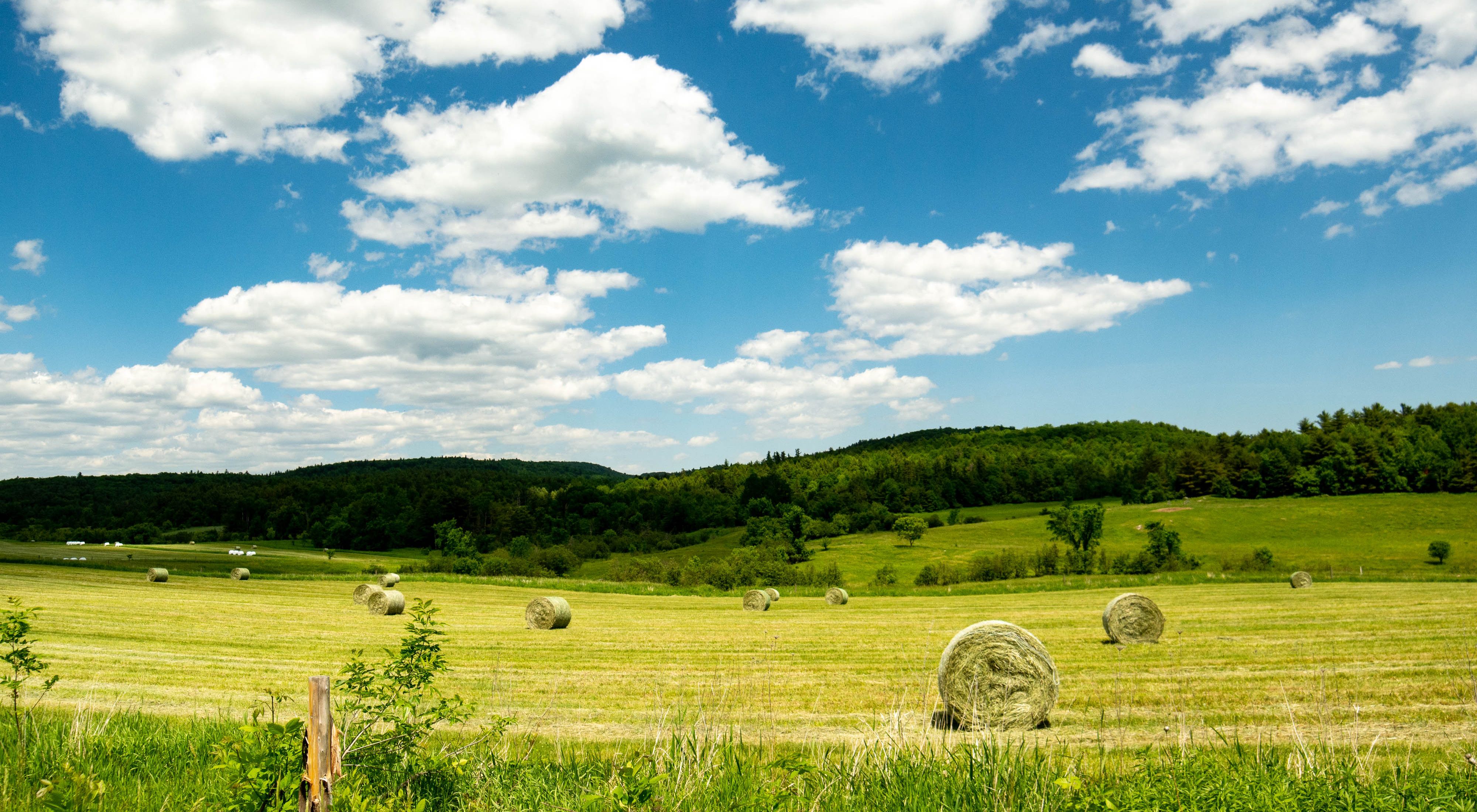Description
Why We Selected This Site
The Champlain Valley presents a rare opportunity to conserve a spectrum of large landscapes in the Northeast, from unbroken wetlands to thriving rare plant communities, to working family farms and wildlife corridors.
This ecologically rich valley lies within an area known as the St. Lawrence-Champlain Valley ecoregion. Approximately 24 percent of this lowland ecoregion is in New York, 66 percent in Canada, and 10 percent in Vermont. The Nature Conservancy works to preserve the ecoregion's characteristic natural communities, including clay plain forests, lake-sand beaches, sandplains and numerous wetland and aquatic communities.
Plants
The Champlain Valley represents the northernmost reaches of many southern tree species, such as shagbark hickory, red and white oak, and hop hornbeam. Wildflowers include blue cohosh, bloodroot, Dutchman's breeches, wood anemone and more. The valley's sandstone pavement barrens, which are globally rare, provide habitat for jack pine and low-lying heath, such as huckleberry.
Animals
The Champlain Valley provides habitat for bobcats, eastern timber rattlesnakes, coyotes, black bears, fishers, white-tailed deer and more. Of the 193 birds that breed in the Adirondacks, 155 of them are found in the Champlain Valley. On the lake itself, you might see common loons, snow geese, ring-necked ducks, buffleheads, mergansers and a variety of gulls. Inland, you might see yellow-bellied sapsuckers, least flycatchers, American kestrels, great horned owls, bobolinks, eastern meadowlarks, peregrine falcons and a variety of hawks.
Threats
- Land conversion
- Habitat fragmentation
- Invasive species
- Altered hydrologic systems
- Byproducts of agricultural practices (chemicals, nutrients and sediments)
Our Conservation Strategy
- Preserve the biological diversity of the valley, from old-growth floodplain forests to globally rare sandstone pavement barrens.
- Provide educational opportunities for people to learn more about the valley's natural wonders.
- Secure scenic landscapes to enhance tourism and inspire pride and curiosity in visitors and residents.
- Collaborate with local farmers and landowners to promote sustainable agricultural and forestry practices, while helping local communities to strengthen their economies and cultural heritage.
- Conserve streams, lakeshores and Lake Champlain to protect water quality.
What We're Doing
The Nature Conservancy, in partnership with the Adirondack Land Trust (ALT), has protected more than 13,000 acres in the Champlain Valley region, including 13 working farms. The Conservancy also collaborates with local communities, like Willsboro, where the town beach at Noblewood Park is protected by a conservation easement and our Boquet River Nature Preserve provides recreational access for anglers and hikers.
